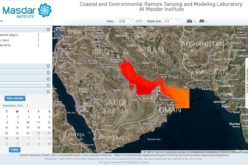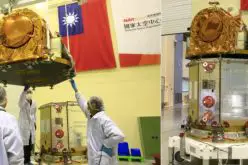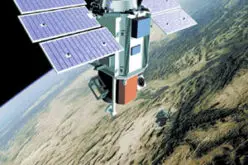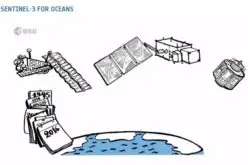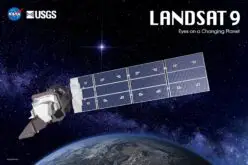ISRO’s First Launch of the Year 2022, PSLV-C52 successfully launches EOS-04 and other 2 Satellites
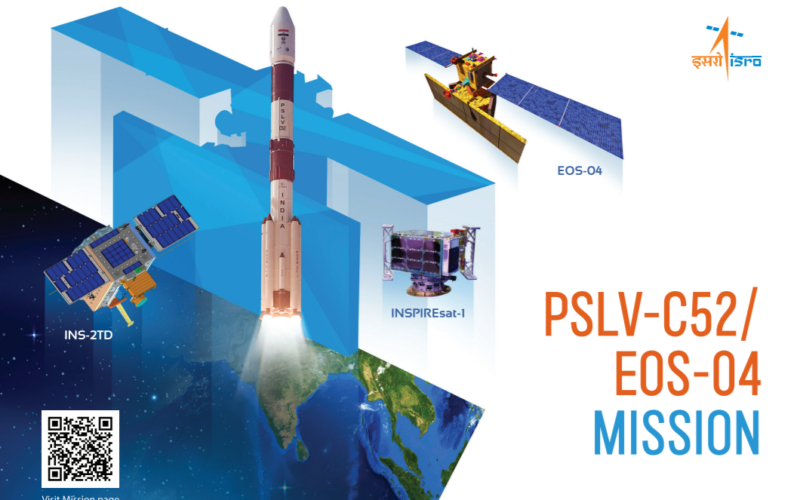
On Valentine’s day, ISRO has given a gift to the nation with the successful launch of the Polar Satellite Launch Vehicle PSLV- C52 successfully launched EOS-04 Satellite from the first launch pad of Satish Dhawan Space Centre (SDSC), SHAR, Sriharikota.
The PSLV- C52 launch vehicle lifted off at 05:59 hrs (IST) on February 14, 2022, in the opening of the launch window. The three satellites, named EOS-04, INSPIREsat-1, and INST-2TD, were successfully injected into a 529 km sun-synchronous polar orbit after a flight of approximately 17 minutes 34 seconds.
The satellite EOS-04 is Radar Imaging Satellite (active remote sensing satellite as it transmits coherent EM waves at a target). The EOS-04 satellite provides high-quality images under all weather conditions for agricultural, forestry, soil moisture, and flood mapping applications. With its C-band sensor, it complements and supplements the data collected by Resourcesat, the Cartosat series, and RISAT-2B. Weighing about 1710 kg and generating 2280 W power, the satellite has a mission life of 10 years.
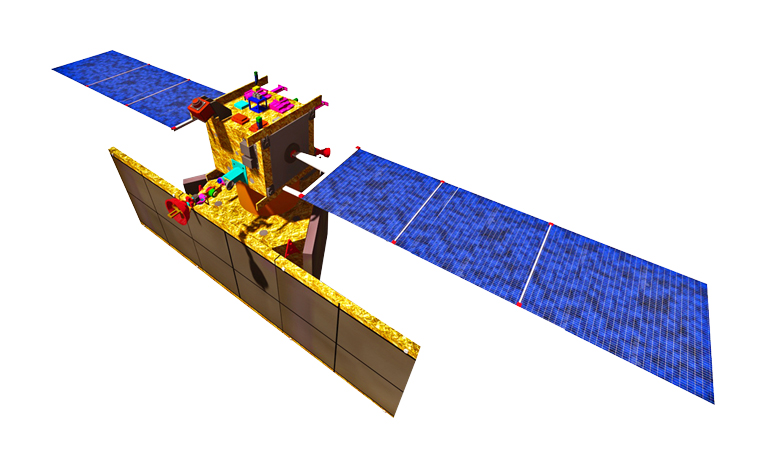
The PSLV-C52 vehicle has also placed two small satellites, a student satellite (INSPIREsat-1) from Indian Institute of Space Science & Technology (IIST) in association with the Laboratory of Atmospheric & Space Physics at the University of Colorado, Boulder, and a technology demonstration satellite from ISRO (INS-2TD) which is a precursor to India-Bhutan Joint Satellite (INS-2B).
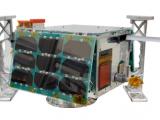
The INSPIREsat-1 payloads/sensors improve the understanding of ionosphere dynamics and the sun’s coronal heating process. Weighing about 8.1 kg and generating 30 W power, the satellite has a mission life of 01 years.
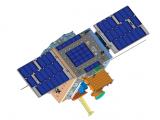
A thermal imaging camera is installed on INS-2TD as part of its payload. This allows the satellite to measure: land surface temperatures, water surface temperatures of wetlands, and lakes; vegetation delineation (crops and forests); and thermal inertia (day/night). Weighing about 17.5 kg and generating 42 W power, the satellite has a mission life of 06 months.
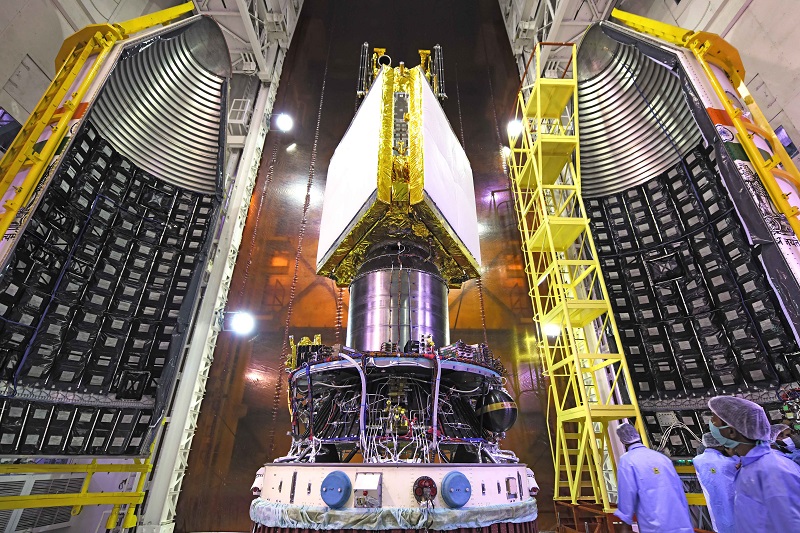
Source – ISRO
Also Read –
ISRO Released Data of Mars Orbiter Mission (MOM)


